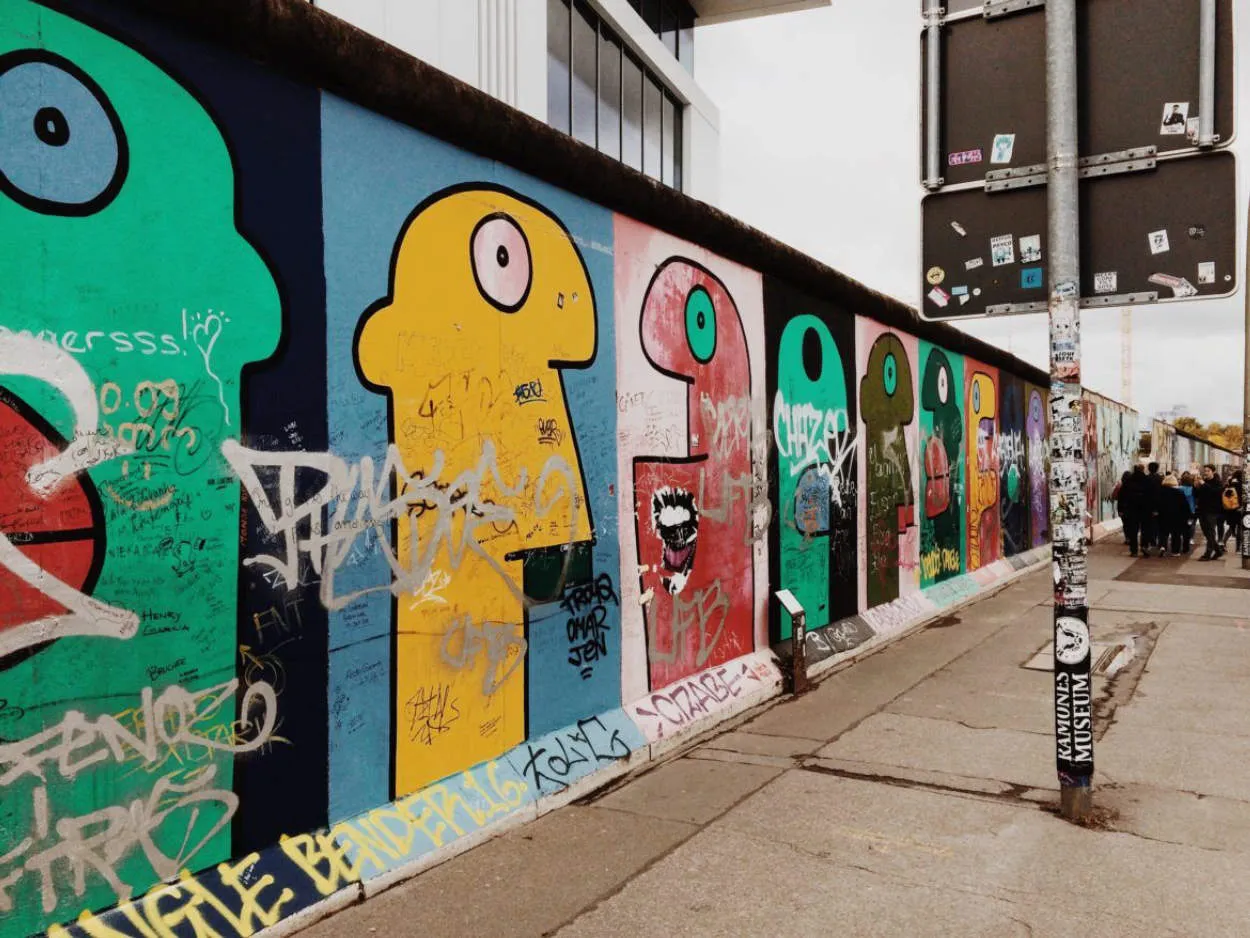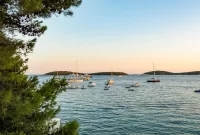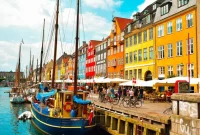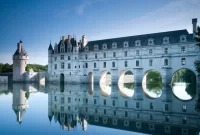Berlin, the capital city of Germany, holds a fascinating historical significance with the iconic Berlin Wall. However, it is not just a city steeped in the past; it is also a thriving hub of contemporary art. From renowned museums to street art, Berlin offers a diverse and enriching experience for art lovers from around the world.
The History Behind the Berlin Wall
The Berlin Wall was a physical and ideological barrier that divided the German capital of Berlin from 1961 to 1989. It was built by the German Democratic Republic (GDR) to prevent its citizens from escaping to West Berlin, which was under the control of Western democracies. The wall was a manifestation of the Cold War tensions between the East and the West, symbolizing the divide between communism and capitalism.
The construction of the Berlin Wall began on August 13, 1961, with barbed wire fences and eventually evolved into a concrete wall. It stretched for 155 kilometers, dividing the city into East and West Berlin. Guard towers, patrolled by armed guards, were erected to prevent any attempts to cross the border. The wall acted as a grim reminder of the restrictions placed on the citizens of East Germany, who were isolated from friends, family, and economic opportunities in the West.
The fall of the Berlin Wall on November 9, 1989, marked a significant moment in world history. It symbolized the end of the Cold War and the reunification of Germany. The destruction of the wall was a result of peaceful protests and a growing desire for freedom among the citizens of East Germany. Today, fragments of the wall are preserved as memorials and museums, reminding us of the divided past and the triumph of liberty.
The history behind the Berlin Wall serves as a powerful reminder of the consequences of division and the resilience of the human spirit. It stands as a testament to the desire for freedom and the pursuit of unity, leaving a lasting impact on the city of Berlin and the world.
Exploring Berlin’s Creative Side
Berlin, the capital city of Germany, is renowned not only for its historical landmarks but also for its vibrant art scene. From the remains of the Berlin Wall to contemporary art galleries, the city offers a unique and inspiring experience for art enthusiasts.
One of the most iconic symbols of Berlin’s history is the Berlin Wall. Dividing the city for nearly three decades, its remnants serve as a powerful reminder of Germany’s past. Today, these preserved segments have become open-air art galleries, covered in thought-provoking graffiti and murals. Exploring this open-air museum allows visitors to immerse themselves in the creativity that flourishes in the city.
Berlin is also home to numerous contemporary art galleries that showcase the works of both local and international artists. One such gallery is the East Side Gallery, where a stretch of the Berlin Wall has been transformed into a canvas for artistic expression. Walking along this outdoor gallery, visitors can admire captivating artworks that reflect diverse themes such as freedom, unity, and social change.
Furthermore, the city is dotted with creative neighborhoods like Kreuzberg and Friedrichshain, which are known for their alternative art scenes. These areas are filled with independent art galleries, street art, and unconventional exhibition spaces. In addition to established galleries, visitors can explore street markets where local artists sell their unique creations, ranging from paintings and sculptures to handcrafted jewelry and fashion.
Berlin’s creative pulse is also evident in its thriving music and theater scenes. The city hosts numerous music festivals, attracting both renowned artists and emerging talents from various genres. Additionally, Berlin’s theaters offer a wide range of performances, including experimental plays, avant-garde productions, and classical works.
In conclusion, Berlin’s creative side is a captivating aspect of the city’s cultural landscape. From the remnants of the Berlin Wall turned into outdoor artwork to the contemporary art galleries and vibrant neighborhoods, the city offers a rich tapestry of creativity waiting to be explored.
The Reichstag and its Powerful Symbolism
The Reichstag building in Berlin, Germany, stands as a powerful symbol of the city’s history and political transformation. Originally constructed in the late 19th century, the Reichstag experienced several significant events that shaped its identity.
A Witness to Dark Times
During World War II, the Reichstag was severely damaged by bombings. The Battle of Berlin in 1945 left the building in ruins, serving as a stark reminder of the destruction caused by the war.
Rising from the Ashes
After the war, the Reichstag remained abandoned within the divided city until the fall of the Berlin Wall in 1989. The reunification of Germany brought new possibilities, and the Reichstag became a symbol of hope and unity.
An Architectural Marvel
Renowned British architect Sir Norman Foster was entrusted with the task of restoring the Reichstag while incorporating modern elements. The most notable addition was the iconic glass dome, symbolizing transparency and democracy.
A Center of Democracy
Since 1999, the Reichstag has been the seat of the German parliament. Visitors can now explore the building, admire the stunning 360-degree view from the dome, and learn about Germany’s political system.
A Reminder and Inspiration
The Reichstag’s complex history serves as a reminder of Germany’s past struggles and its commitment to democracy. It stands as an inspiration for Berliners and visitors alike, symbolizing resilience, progress, and the power of renewal.
Conclusion
Berlin has transformed from a divided city by the Berlin Wall to a thriving hub of contemporary art. The city’s rich history and vibrant art scene make it a must-visit destination for art enthusiasts. From the remnants of the Wall to the numerous galleries and museums, Berlin offers a unique blend of past and present, showcasing the resilience and creativity of its people.




